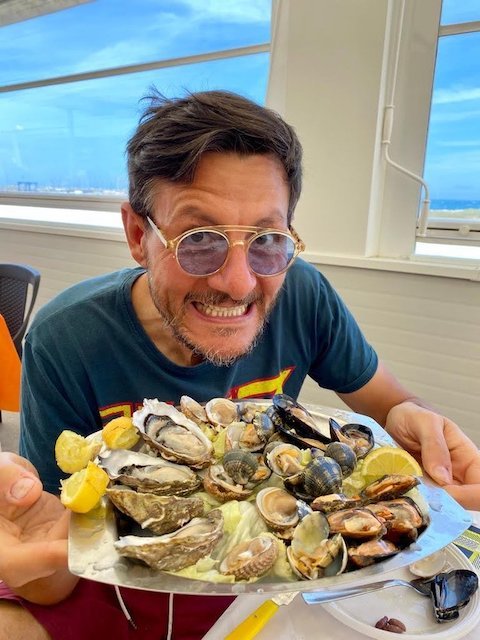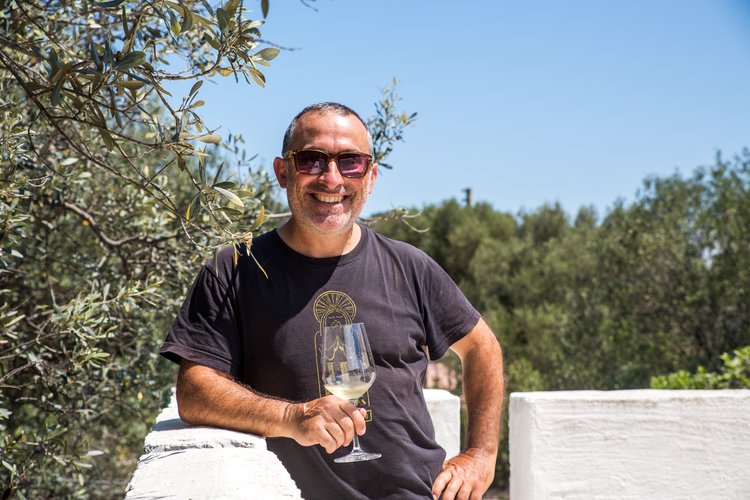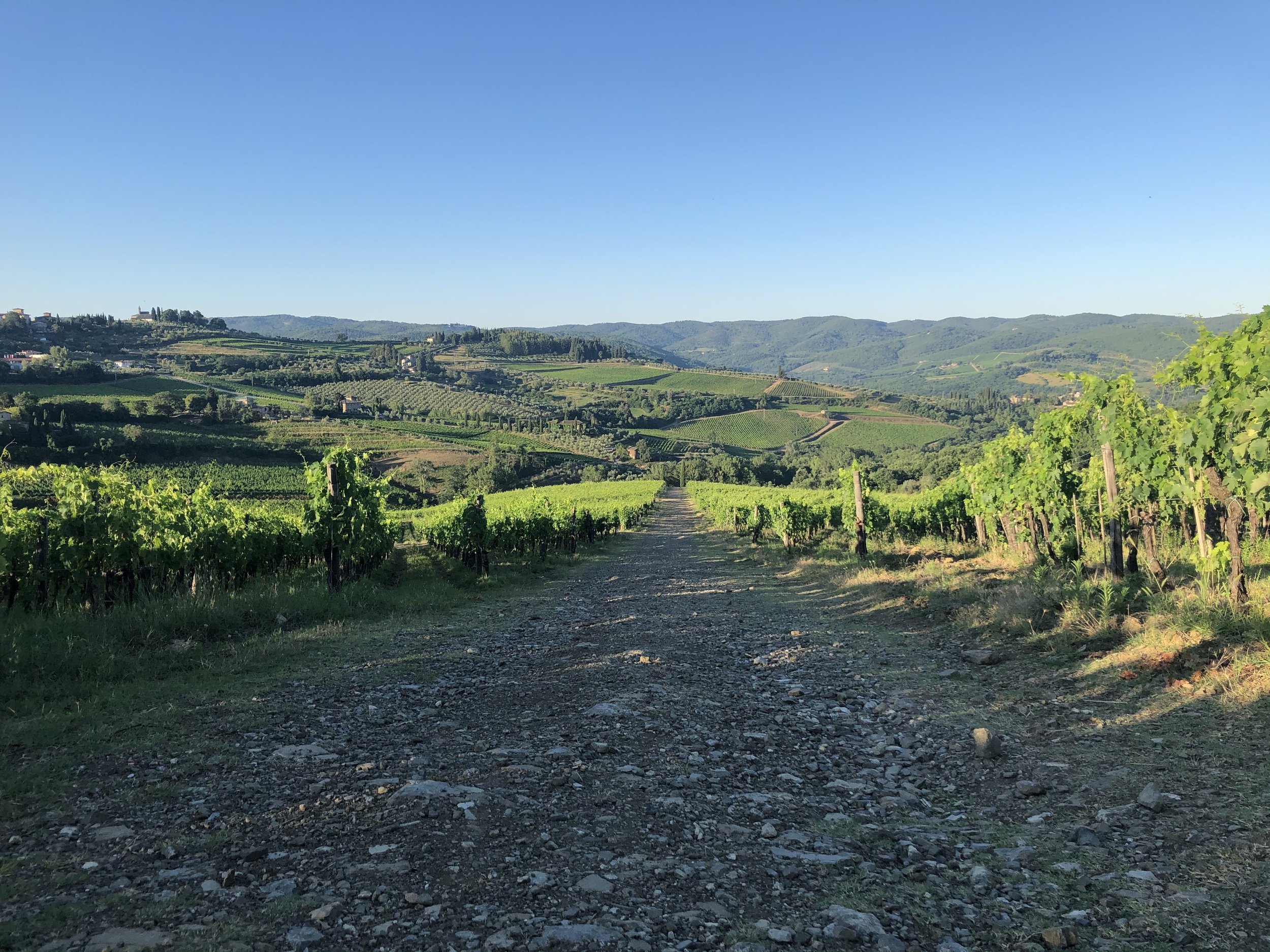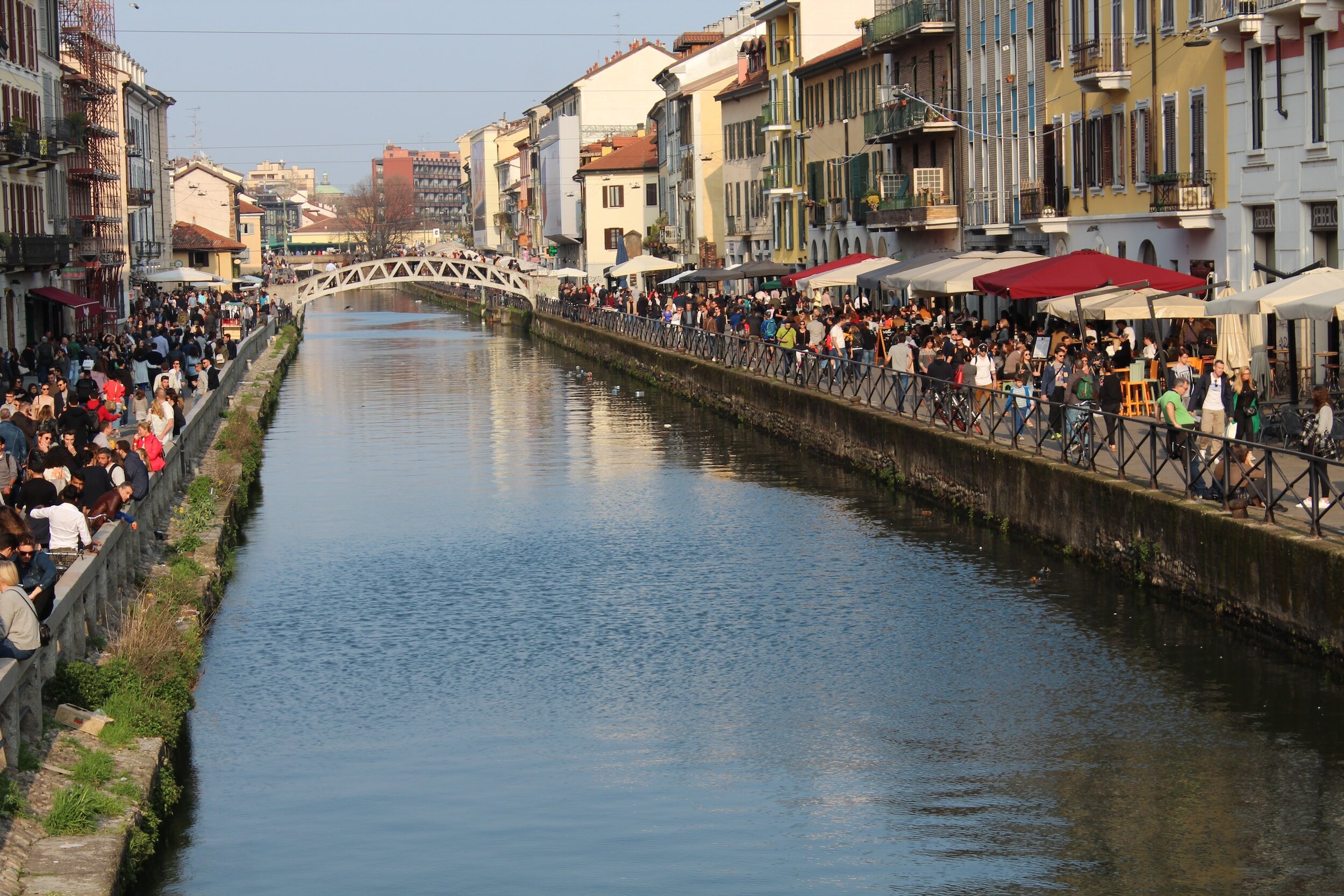10-day Italy Itinerary for First-Time Visitors
10 days to see all of Italy is, sadly, simply not enough. However, it is enough to see some fabulous parts of Italy. While you won’t have time to get out into the countryside, explore the mountains, or hit the beach, you can still see a lot.
To make the most of a 10-day trip, you need to plan things precisely and be prepared for some early mornings. So, to help you get the ball rolling, I’ve put together a detailed and precision-tuned itinerary that hits the major highlights while helping you avoid the worst crowds.
This itinerary is entirely doable with public transport and you can take high-speed trains between every city listed. By taking early morning high-speed (Frecciarossa) trains, you’ll barely lose any time in transit and will have full days to explore. The only exception is day 6 in the Tuscan countryside for which you will need to rent a car or organize a guided tour.
At the bottom of the article, you’ll find a few alternative 10-day itineraries as well.
Table of Contents
Plan your itinerary with local help
If you could use some personalized help planning your Italy itinerary, schedule an Italy travel consultation with Dania, our Local Expert!
Travel consultations are one-hour Zoom calls where you’ll get to chat with Dania about the trip you’re planning and she’ll share her tips and advice, answer your travel questions, and help you perfect your itinerary.
What to know when planning a first visit to Italy
Before getting into my suggested 10-day itinerary, I want to cover some of the basics that you should consider while planning your trip.
I provide some quick answers below, but for more detailed information on all these topics, have a look at our article on how to plan a trip to Italy.
Is 10 days enough time for a trip to Italy?
No. Italy is big and incredibly densely packed with more beautiful cities, splendid nature, amazing art, and charming towns than you could visit in a lifetime. 10 days is not enough to see all of it (or even much of it).
But that doesn’t matter because it’s enough time to see some of it. With 10 days, you can see the absolute highlights. And what you do see, you will love. For the rest, you’ll have to plan a return visit.
Where to go with 10 days
10 days in Italy gives you enough time to see 4 major cities and take a day trip from one of them or see 3 major cities and a few more alternative destinations.
While there are endless variations and combinations you could come up with for 10 days, for the vast majority of travelers who may only get to visit Italy once in their lifetime, a first time trip should always include Rome, Florence, and Venice. These are 3 of Italy’s most gorgeous cities and they include some of the best art, culture, and food of anywhere in the country.
Rome was the heart of the Roman empire, Florence was the birthplace of the Renaissance, and Venice was the center of the mighty Venetian republic. These cities have been stalwart draws for hundreds and thousands of years for a reason.
Each of these cities needs at least two days to explore them and Rome really needs 3.
This itinerary includes 3 days in Rome, 3 days in Florence (with a day trip), 2 days in Venice, and 2 days in Milan.
I like Milan and have included it, but if you want less time in cities and more time in smaller towns or countryside, I’d remove it. By removing Milan and also taking a day from Florence, you would gain 3 days to play with. With this time, you could visit the Cinque Terre, go to Bologna, see Tuscany’s Val d’Orcia area, or visit the Amalfi Coast. There are lots of other possibilities as well.
When to visit
The best time for a trip to Italy is in the early fall. From mid-September until the end of October almost the entire country still has great weather with warm, sunny days, crisp evenings, and little chance of rain. Because summer holidays are over, crowds have started to thin out and prices begin to drop. And the locals finally begin to fall back into their regular rhythms, meaning you get to see the country a bit more authentically, without its summer zeal.
If you head south of Rome, you’ll typically have beach weather through October. Heading north, days are warm (though not for swimming) and nights are refreshingly cool, providing the perfect weather for sightseeing, walking/hiking, biking, and enjoying the outdoors.
If you can’t come in fall, the spring months of April and May provide much of the same appeal, although without the prospect of beach days.
A summer visit can be a lot of fun, but it’s the busiest, hottest, and most expensive time of year. Everywhere is packed, prices go through the roof, and people are stressed and overworked. You can still have a great visit, but it’s not when I recommend coming.
How to get around
For this itinerary, every leg of the trip can be done with high-speed trains. This means that you will never need to go to an airport, but will still be able to get between all your destinations in 2 hours or less.
Because you won’t need to show up early for departure or wait for luggage, you will actually save time compared to flying. Each city’s train station is also in the city center, so getting to your hotel will be a breeze.
Since you’ll be staying in larger cities, there is no reason to rent a car. Driving times are longer than taking the train, parking in cities will be a hassle and expensive, and you’ll have no use for the car except for driving between places. Don’t rent one.
The only time when you might want a car is for your day trip from Florence into the Tuscan countryside. If you don’t want to drive, there are loads of tours - ranging from private to small group to big bus tours - that you can book with.
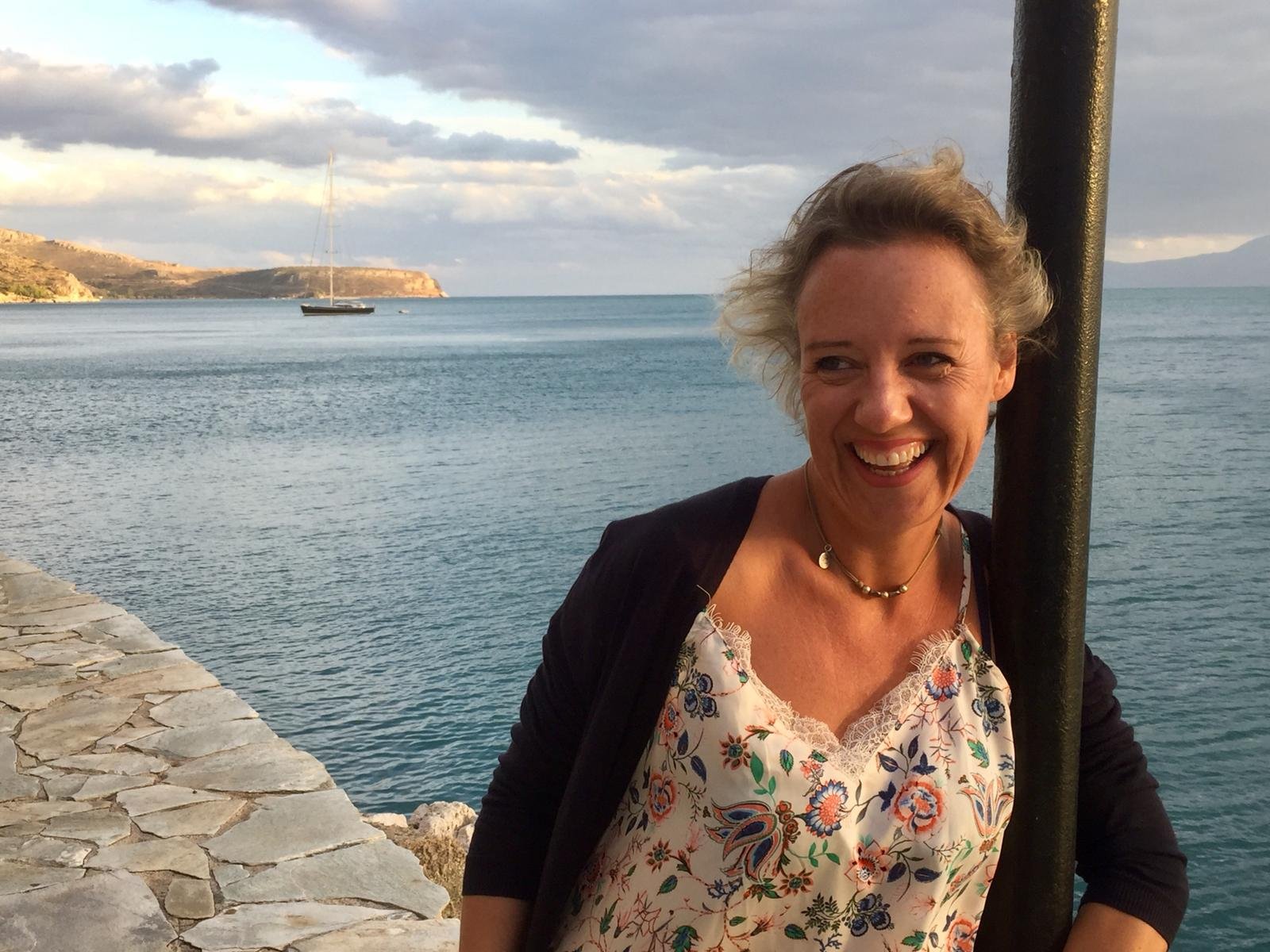

Day 1 - Rome
Vatican, Historic Center, & Trastevere
On your first day in Italy, get things started right with a visit to one of the world’s most iconic sites, the Vatican.
To avoid the crowds, try to purchase the earliest available tickets (it opens at 09:00 am) and come here first thing in the morning.
When buying tickets, know that “skip the line tickets” are somewhat of a gimmick; you cannot skip the line at the Vatican or any other sites in Italy. These tickets are merely advance purchase tickets that allow you to skip the queue to buy tickets on-site. Everyone still needs to get in line to go through security. To buy your tickets, always purchase direct through the official Musei Vaticani website.
Wander the halls that Popes and Cardinals have traversed for over a thousand years, marvel at Michelangelo’s works in the Sistine Chapel, and defy vertigo by climbing to the top of St. Peter’s Basilica.
While you can do a self-guided tour, you will get much more out of your visit if you hire a guide. Most private guided tours last about 2.5 hours. Our favorite local guide is always the wonderful Francesca Zambini.
After your visit, grab a relaxed lunch at a good trattoria in the surrounding Prati neighborhood. To avoid serious tourist traps, just walk a few blocks away from the Vatican.
In the afternoon, walk from the Vatican back to the city center, crossing the Tiber river and making sure to also pass by Piazza Cavour sq. and the ornate Supreme Court building.
In central Rome, leisurely explore the historic core and stop to admire Piazza Navona, Piazza Venezia, the Spanish steps, Trevi fountain, Pantheon, and Piazza del Popolo, among other fabulous sights.
Spend the evening in the Trastevere neighborhood enjoying the lively atmosphere and colorful surroundings.
Day 2 - Rome
Colosseum & Forum, Testaccio Market, Terme di Caracala, Monti district
Get up early again to beat both the crowds and the heat and make your way straight to the Colosseum. A monument that needs no introduction, the Colosseum is always a wonder to behold no matter how many photos you’ve seen or times you’ve passed it in person. To buy tickets, do so via the official Colosseum ticket website. The Colosseum ticket includes entrance to the Roman Forum and Palatine hill.
From the Colosseum, make your way to the grounds of the Roman Forum and Palatine hill where you’ll get to wander amongst the fallen ruins and imagine yourself transported back to ancient Rome.
As always, self-guided tours are an option, but unless you’re a Roman history buff, you just really won’t understand what you’re looking at. There are hundreds of group tour options and lots of touts will try to sell you a group tour directly outside the site.
To enjoy your visit more exclusively and less like one more head in a herd of cattle, spend a little extra and get a private tour. Francesca, our suggested guide for the Vatican, has been running tours of the Colosseum for over a decade.
After finishing at the Forum, it’s time for lunch! For a very cool local experience, hop on the metro and shoot out to the Testaccio neighborhood to visit the local market, Mercato Testaccio (Testaccio Market). Let yourself get lost as you wander the stalls and aisles that house vendors selling all manner of food products and treats. There are also full restaurants inside, so find one you like and have lunch.
After the market, spend some time exploring the surrounding neighborhood, which has changed immensely over the last few decades.
Once you’ve sufficiently discovered Testaccio, make your way back to central Rome with stops at the Terme di Caracalla (Baths of Caracalla) and the Basilica di San Giovanni in Laterano which is the church where all Popes are technically the bishop. Every year the Pope holds Holy Thursday Mass (before Easter) here. Tickets for the Baths can be purchased on site and there is generally no need to reserve in advance.
For dinner tonight, head to the upscale and stylish Monti neighborhood for a classy meal and evening stroll amongst well-heeled Romans.
Day 3 - Rome
Villa Borghese, Villa Medici, & Castel Sant’Angelo
Take it easy this morning and enjoy a bit of a lie in and relaxed breakfast.
Once you’re ready, make your way to the Villa Medici complex high on a hill overlooking central Rome. On your way, first stop at the Terrazza Viale del Belvedere viewpoint for gorgeous views over the city.
At Villa Medici, opt for the scheduled and organized guided tours which last 1.5 hours and will allow you to visit some of the villa’s rooms and explore the beautiful manicured gardens.
After your tour, continue walking on the hill into the huge Villa Borghese park. The park is an urban oasis with a pond, walking trails, many curious structures, restaurants and cafes, and almost endless things to do and see. While here, do not skip a visit to to the Galleria Borghese museum which houses a great collection of art, including masterpieces by Caravaggio.
Return to the city center by walking along the Tiber River to the Museo dell’Ara Pacis, a fabulous new archaeological museum adjacent to the Mausoleum of Augustus.
If you’ve still got energy at this point, cross the river and head to the Castel Sant’Angelo castle.
Enjoy the evening meandering in central Rome.
Day 4 - Florence
Duomo & Brunelleschi Dome, Uffizi Gallery, & Piazzale Michelangelo
After 3 days in Rome, it’s time to depart for Tuscany!
Take the metro or grab a cab from your hotel and get to Roma Termini train station for an early train to Florence. To make the most of your time, pay a little extra for a high-speed Frecciarossa train which will get you to Florence’s Santa Maria Novella train station in 1.5 hours. For in-depth info on taking the train, check out our guide to Rome to Florence by train.
In Florence, visit the Duomo di Firenze cathedral and climb to the top of the Brunelleschi Dome. While a tour is ideal, both sites can be visited on your own quite easily. Use your time on the train from Rome to do a little research so you know how a visit works and what you’ll be looking at once you get there!
Entrance to the cathedral is free, but if you want to climb the dome or visit the other monuments in the Duomo complex, you should purchase a Brunelleschi Pass which costs 30 euros and includes entrances to all the monuments. Buy tickets on the official website here.
From the Duomo, head to the Piazza della Signoria, the city’s main square, dominated by the 14th century Palazzo Vecchio tower. Enjoy lunch nearby and soak up Florence’s elegant atmosphere.
After lunch, spend a few hours marveling at renaissance works of art in the Uffizi Gallery, one of the finest museums in Italy and all of Europe. Use the official Uffizi website for tickets to the Gallery and the Boboli gardens.
Once you’re museum-ed out, cross over the famous Ponte Vecchio bridge and make your way up to Piazzale Michelangelo square for a drink and a beautiful sunset over Florence.
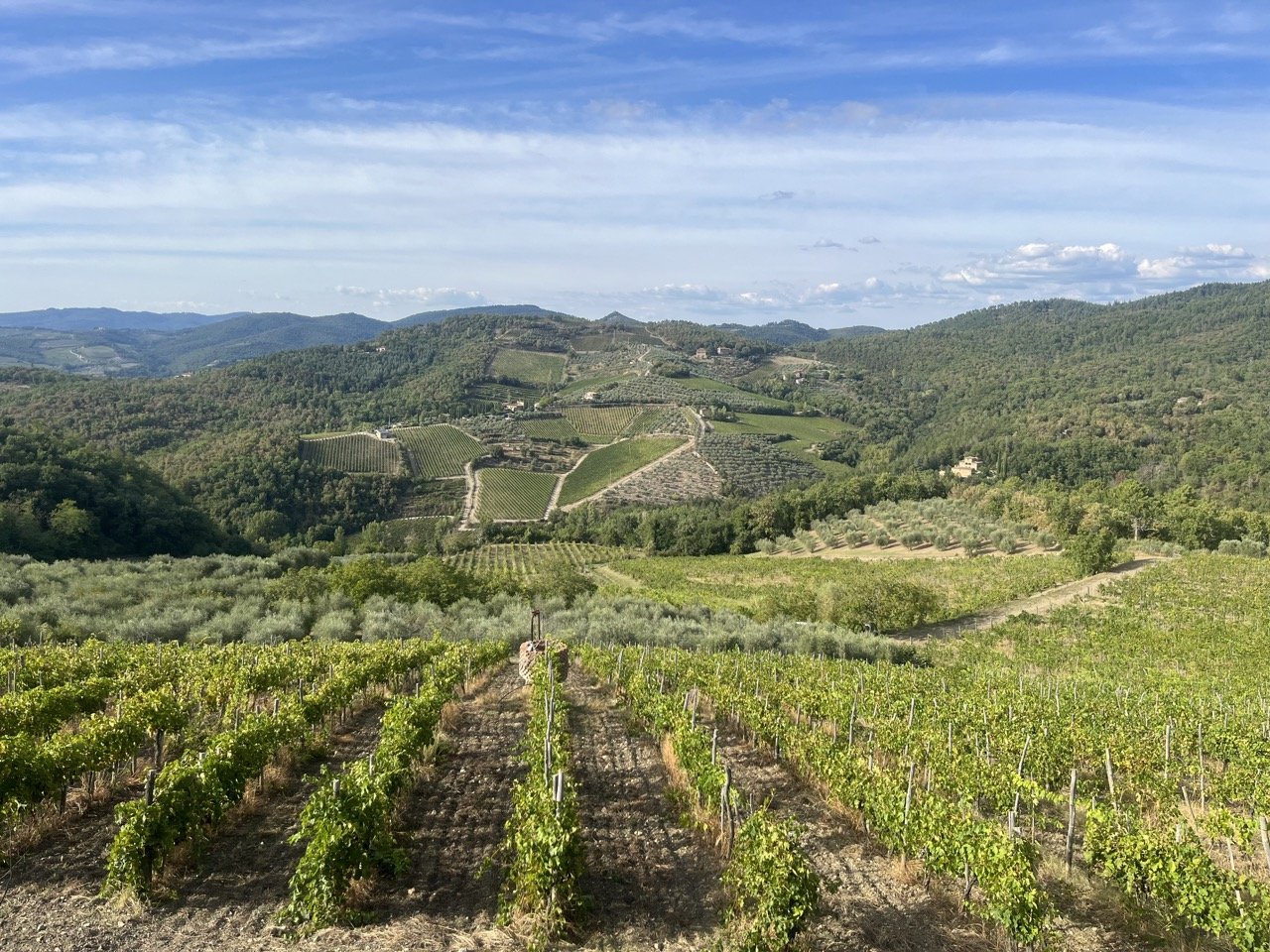
Day 5 - Florence
Boboli Gardens, Oltrarno neighborhood, & the Accademia
Start the day in the serene Giardino di Boboli (Boboli Gardens), enjoying the massive and pristinely maintained grounds. Located directly behind the Pitti Palace, the gardens were designed for the Medici family and were an early version of the classic Italian garden on which many European courts’ based their own.
Afterwards, explore the surrounding Oltrarno neighborhood, which also includes the trendy Santo Spirito area. This side of Florence is full of small boutiques, independent shops, galleries, and artists’ workshops.
Head back into downtown Florence and walk along the Arno river to the Basilica di Santa Croce church, the resting place of Michelangelo and Galileo.
After musing on the lives of these grand figures (and the fleetingness of it all!), meander over to the Mercato di Sant’Ambrogio market for a local lunch. The surrounding neighborhood is full of great casual restaurants, so if you don’t find something you like in the market, you surely will nearby.
After lunch, prepare to witness history’s most famous statue, Michelangelo’s David! You could while away an entire day in the Accademia Galley, and while you don’t have that leisure, you should still take your time. For tickets, use the official website here.
In the evening, enjoy dinner and drinks in downtown Florence.
Day 6 - Day trip to Tuscan wine country
Siena & Chianti
Leave the city in your rearview and spend today leisurely exploring the Tuscan countryside in the Chianti region. This is Tuscany’s premier wine-growing area and the 9 towns that comprise it produce some of the world’s most appreciated red wines.
The 9 Chianti towns are: Radda in Chianti, Gaiole in Chianti, Castellina in Chianti, Castelnuovo Berardenga, Poggibonsi, Greve in Chianti, Barberino Val d’Elsa, Tavarnelle Val di Pesa, and San Casciano Val di Pesa. The first 5 are in the province of Siena while the last 4 are in Florence province.
The Chianti area is a hilly swath of territory that sits between Florence hills, the flat and agricultural Chiana valley, and the arid Siena clays (Crete Senesi). It’s verdant slopes are terraced with waves of Sangiovese grapes and olive groves.
It’s a fairly large area and because of the terrain short distances actually take quite a while to cover. With only a day, we’d suggest starting with a very quick early morning visit to Siena, including visits to Piazza del Campo Sq., Torre del Mangia, and the stunning Duomo di Siena. Siena is not actually part of Chianti, but it lies just at the border and is a gem of a town. It would be a shame not to visit at least briefly.
Departing from Siena, head off into the Chianti countryside to explore the towns of Castelnuovo Berardenga, Radda in Chianti, Castellina in Chianti and their surrounding vineyards and wineries.
For lunch, opt for a meal at a small, local winery with a fabulous wine pairing and tasting.
To maximize your schedule, allow for you to fully sample the wine, and in order to visit some wonderful, off the beaten path places and wineries, we really recommend doing this as a private guided tour. Our favorite local guide Stefano is an outdoors guide and FISAR-certified sommelier who leads wonderfully unique tours all over the Florence and Chianti regions.
Day 7 - Venice
San Polo neighborhood, St. Mark’s Square, the Doge’s Palace, & a gondola ride
Take an early morning high-speed train to Venice. Once you’re here, resist the temptation to head straight for St. Mark’s square and the city’s main sites.
Venice in the day time is absolutely mobbed, especially if large cruise shops have docked for the day, and the site’s lose a bit of their majesty when you’re shoulder to shoulder with thousands of people. Later in the day the crowds begin to disappear, and visiting the most touristy sites in the late afternoon and evening will provide a much better experience.
So, start your time in Venice by heading off to the less-visited Dorsoduro district. Have a wander and then make your way into the neighborhood of San Polo, heading towards the beautiful Frari Church (Basilica di Santa Maria Gloriosa dei Frari), one of the oldest in Venice and home to paintings by Titian and other world-renowned artists. Enter the church and enjoy!
Next, grab lunch somewhere in San Polo and walk over to the Rialto Market before crossing over the famous Rialto Bridge. Stop by the bridge to soak up the atmosphere and then make a beeline for St. Mark’s square. In the square, do what millions of people before you have done: let your jaw drop and marvel at the sheer absurd beauty of the square and city around you.
In the square, first tour St. Mark’s Basilica and then visit the Doge’s Palace (Palazzo Ducale). In the summer season, St. Mark’s closes at 5:00 pm and the Doge’s Palace at 7:00 pm (last entry at 6:00 pm).
Before dinner, ignore the cost and indulge in the pleasure of a sunset gondola ride along the canals you’ve spent all day admiring.
Enjoy a leisurely, waterside dinner. Can life get any better?

Connect with Dania in Italy for help perfecting your itinerary, answers to all your travel questions, and fabulous local tips!
Day 8 - Venice
Visit the Venetian lagoon and islands of Murano, Burano, & Torcello
While you could easily spend another day exploring Venice, you’re a little tight on time. Instead, you’re headed into the Venetian lagoon by boat to see the charming islands and villages of Murano, Burano, and Torcello.
Enjoy your breakfast and then grab a boat to Murano. During the week, you can see visit some of the studios that continue to produce the prized Murano blown glass. On the weekend, just enjoy the brightly colored town.
Hop another boat and cruise over to Burano, a charming little island and town. Wander, shop, and grab a bite to eat. For fans of crafts and souvenirs, Burano is known for fine lace-making production.
Your last island is Torcello and a visit to the town’s nearly 1,400 year old Basilica di Santa Maria Assunta church.
Back in Venice, if time permits you should pay a visit to the wonderful Guggenheim art museum before dinner.
Day 9 - Milan
Duomo & city center, Teatro alla Scala, and Brera district
For decades Milan has been overlooked as a tourist destination; forgotten for the splendor and art of Rome, Florence, and Venice, the food of Bologna, and the glorious chaos of Naples. Thankfully, that is starting to change!
So, for your last two days in Italy, you’re headed to Italy’s economic and industrial capital.
On arrival, do what everyone else does and go straight to Piazza del Duomo, the city’s main square. The reason to come here is two-fold: first, you have a magnificent example of Gothic architecture in the city’s cathedral, the Duomo di Milano. The intricate towers and spires of this white marble church stretch towards the heavens, creating a site like none other in Italy.
And adjacent to the cathedral, you have the Galleria Vittorio Emanuele II, a covered shopping arcade from the mid-1800s that is just impossibly chic. Here, you should enjoy some people watching while sipping on an [overpriced] coffee.
After, wander the nearby streets which house probably the best shopping in Italy. While high fashion enthusiasts will likely need the entire two days just for shopping, you can find wonderful articles at all different budgets and in a lot less time!
In the late afternoon, visit the Teatro alla Scala (La Scala opera house). Opera lovers or even just those curious would do well to check in at the box office and see if there’s a show and any available tickets.
Like most prestigious music venues in Europe, cheap standing-room only tickets are usually available if you get them in time, so a night at the theater does not have to be a big expense. If you can’t get tickets, you can still tour the theater’s museum.
In the evening, go for a walk through the fashionable and elegant Brera district on your way to the Parco Sempione (Sempione Park) and Castello Sforzesco castle.
Have dinner in Brera.
Day 10 - Milan
Monumental Cemetery, the Last Supper, & Navigli district
For today, taking things slow. It’s your last day in Italy so this is a leisurely plan with lots of time built in for shopping, aimless wandering, and relaxing.
Your itinerary begins in an unusual place; a cemetery! Start the day at the Cimitero Monumentale (Monumental Cemetery) which is the final resting place of some of Italy's most famous historical figures. The cemetery is painstakingly manicured and the grand mausoleums are genuine works of art. It is a serene oasis in an otherwise frenetic city.
From the cemetery, hop on the metro and head to the Santa Maria delle Grazie church, which houses Leonardo Da Vinci’s most famous painting, The Last Supper. Tickets sell out far in advance, so do not leave buying your tickets until the last minute. Get them, in advance, via the official website here.
Spend the rest of the day with no planned activities. Instead, do some shopping, have a midday cocktail, or find a shady place and watch the world go by - or better yet, do all three!
For your final evening in Italy, head to the city’s vibrant and happening Navigli district. This is an area of of restaurants, bars, cafes, and boutiques that sits alongside twin canals. Wander the cobblestone streets, check out the galleries and vintage shops, and enjoy the fantastic restaurant scene.
Enjoy a lively evening and some bar hopping, although not too lively as you have an early flight tomorrow!
More 10-day Italy itinerary ideas
10 days with Rome, Florence, Cinque Terre, Milan, and Venice
Days 1-3: Rome
Days 3-4: Florence
Days 5-6: Cinque Terre
Days 7-8: Milan
Days 9-10: Venice
10 days with Rome, Florence, Bologna, Venice, and Milan
Days 1-3: Rome
Days 3-4: Florence
Days 5-6: Bologna
Days 7-8: Venice
Days 9-10: Milan
10 days with Venice, Florence, Rome, Naples & Amalfi Coast
Days 1-2: Venice
Days 3-4: Florence
Days 5-7: Rome
Days 8-10: Naples & Amalfi Coast
10 days with Rome, Florence, Milan, Lake Garda, and Venice
Days 1-3: Rome
Days 3-4: Florence
Days 5-6: Milan
Days 7-8: Lake Garda
Days 9-10: Venice
10 days with Rome, Florence, Milan, Verona, and Venice
Days 1-3: Rome
Days 3-4: Florence
Days 5-6: Milan
Day 7: Verona
Day 8: Lake Garda
Days 9-10: Venice


More Italy travel info
For even more advice on planning your trip to Italy, have a look at some of our other guides and itineraries!

Plan with Dania








